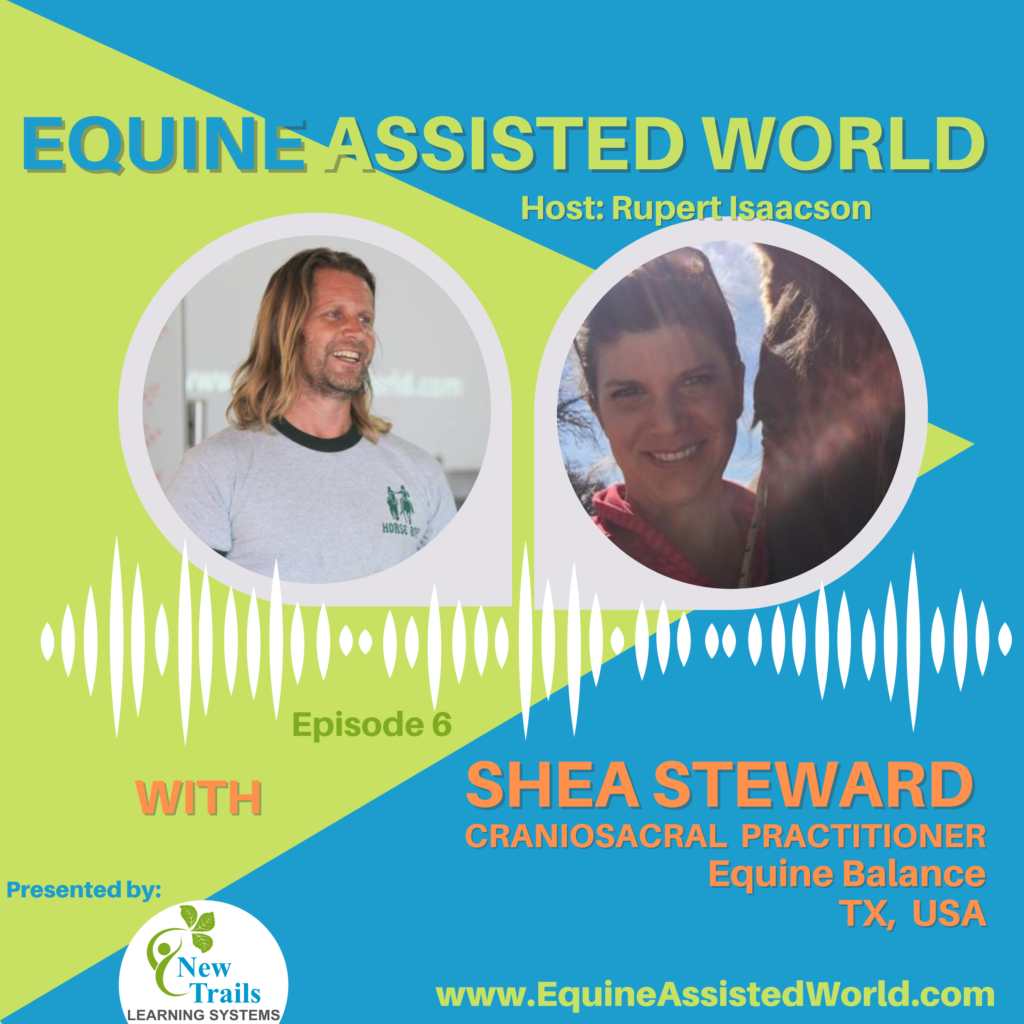In our world of Equine Assisted best practices, the subject of horse wellness and horse welfare is paramount. It stands to reason that for a horse to be able to transmit wellbeing to a human, then that horse must have wellbeing itself both in its body and in its mind. Too often we have seen old, often injured horses donated to therapeutic programs because they are quiet, and then these horses – because they receive no real care other than feeding, blanketing and , if they are lucky, turn out – become more and more sour, as they become stiffer and more in discomfort. This sourness often gets taken out directly on handlers and volunteers – biting, sly kicks, foot crushes and shoulder barges are a known feature of some of the more old0school therapy barns. Indirectly the horses also take out their discomfort on the differently abled and neurodiverse riders themselves by giving a ride that just doesn’t feel good, sometimes resulting in those riders not wanting to continue.
Now, in defense of this older school approach, there is no blaming or shaming here. Knowledge of horse welfare in previous generations was something of a specialist area. The upper level of, say, eventers or foxhunters understood fitness and soundness very well, but this knowledge didn’t necessarily trickle down to other areas of the horse world. Similarly, a horse’s need for free movement and a healthy, stable herd dynamic was understood in some quarters but not necessarily in others. The importance of lunging or long reining for topline muscle and in hand work for suppling, rehab and maintenance of horses is only just becoming something mainstream, as if basic horsemanship. So, the older school therapy stables with suffering horses came from a good-hearted place, wanting to offer a much-needed service to an underserved community. Its up to us, as practitioners, to keep the best practices moving forward.
So, this is why it gives us great pleasure here at Equine Assisted World to be interviewing Sea Stewart, whose approach to Equine Cranio-Sacral work addresses so many issues of our horses’ wellbeing. From the need to plentiful cerebral spinal fluid in the spinal chord and brain, to the need for supple and well hydrated fascia between the muscle groups, to the production of calming hormones for emotional well being, the work of Shea Stewart and those like her deeply informs our practice. Listen on – there is much of value here that can be applied in any of our barns. And as you’ll find, just listening to Shea and her outlook in bio rhythms and happiness is a treat. Enjoy.
People, Groups and books mentioned:
Mauro Zappaterra MD: Mauro Zappaterra obtained his MD and PhD degrees from Harvard Medical School. He completed his PhD doing work with neuronal stem cells and the effects of the cerebrospinal fluid (CSF) in brain development and in the adult.
William Garner Sutherland: Grandfather of Cranio-sacral
William Seifritz: Plant cell biologist
Biodynamic Carnio Sacral Association of North America
Michael Kern UK
Breath of Life Conference
The Cranio Sacral Podcast Ryan Hallford
Contact Shea
https://www.equinebalance.net/
shea@equinebalance.net
Find our other shows and programs:
https://rupertisaacson.com
![]()
